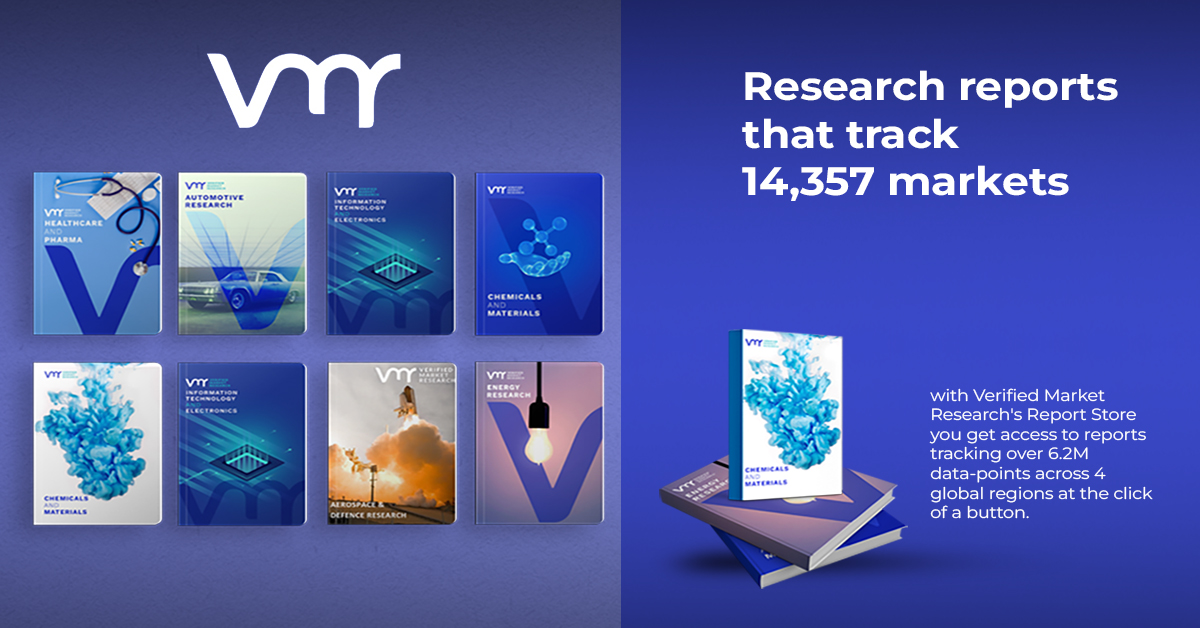Unveiling the Methylene Diphenyl Diisocyanate (MDI) Market: Key Developments and Trends Shaping the Future
The Methylene Diphenyl Diisocyanate (MDI) market is witnessing transformative changes, driven by innovations, demand fluctuations, and regulatory dynamics. This in-depth analysis explores the latest developments in the MDI landscape, including market drivers, challenges, applications, and future trends.
Understanding Methylene Diphenyl Diisocyanate (MDI)
MDI is an organic compound primarily used in the production of polyurethanes, which are integral to various industries, including construction, automotive, and consumer goods. Its versatility allows it to be utilized in foams, coatings, adhesives, and elastomers, making it a critical component in modern manufacturing.
The Market Landscape
The global MDI market has been experiencing substantial growth. According to recent market analyses, it was valued at approximately $10 billion in 2022 and is projected to reach over $15 billion by 2028, growing at a CAGR of about 5% during this period. This growth is fueled by increasing demand in the construction and automotive sectors, as well as the rising popularity of eco-friendly materials.
Key Drivers of Market Growth
- Surge in Construction Activities: The construction industry is the largest consumer of MDI, particularly in the production of rigid polyurethane foams used for insulation. With global infrastructure projects on the rise, driven by urbanization and economic development, the demand for MDI is expected to soar.
- Automotive Industry Evolution: The automotive sector’s shift towards lightweight materials to improve fuel efficiency is another significant driver. MDI-based components contribute to reducing vehicle weight, which aligns with environmental regulations and consumer preferences for greener vehicles.
- Technological Advancements: Innovations in manufacturing processes, such as the development of low-emission MDI production technologies, are enhancing product quality and reducing environmental impacts, making MDI more appealing to manufacturers.
Recent Developments in the MDI Market
1. Expansion of Production Capacity
Recent reports indicate that major players in the MDI market are expanding their production capabilities to meet increasing demand. For instance, BASF and Huntsman Corporation have announced plans to upgrade their facilities, resulting in increased output and enhanced operational efficiency. These expansions are crucial for maintaining competitive pricing and meeting regional demand, particularly in Asia-Pacific.
2. Shift Towards Sustainable Practices
Sustainability is at the forefront of industrial trends, and the MDI market is no exception. Companies are investing in eco-friendly alternatives and processes. The use of bio-based MDI, derived from renewable resources, is gaining traction, allowing manufacturers to reduce their carbon footprint while meeting consumer demand for sustainable products.
3. Regulatory Challenges
As environmental concerns grow, regulatory frameworks governing chemical manufacturing are becoming stricter. The European Union’s REACH regulations and similar policies in other regions are pushing MDI producers to adopt safer practices. This shift not only impacts production methods but also encourages the development of less hazardous alternatives.
Applications of MDI
MDI’s versatility translates into a broad spectrum of applications:
- Rigid Foam Insulation: Utilized extensively in buildings and refrigeration, MDI-based foams provide superior thermal insulation, thereby enhancing energy efficiency.
- Flexible Foams: In the furniture and automotive sectors, flexible MDI foams are preferred for their comfort and durability.
- Coatings and Adhesives: MDI is integral to high-performance coatings and adhesives, known for their strength and resistance to environmental factors.
- Elastomers: MDI is also used in the production of elastomers, which find applications in seals, gaskets, and automotive parts.
Regional Insights
Asia-Pacific: The Dominant Force
Asia-Pacific is currently the largest market for MDI, driven by rapid industrialization, particularly in China and India. The region accounts for over 40% of global MDI consumption, with significant investments in infrastructure and automotive manufacturing.
North America and Europe: Mature Markets with Growth Potential
North America and Europe, while mature markets, are witnessing a shift towards sustainable MDI production methods. The demand for eco-friendly insulation materials is pushing companies to innovate, creating opportunities for growth.
Challenges Facing the MDI Market
While the future looks promising, several challenges could impede growth:
- Fluctuating Raw Material Prices: The prices of toluene diisocyanate (TDI) and other raw materials used in MDI production are volatile, impacting overall production costs.
- Environmental Concerns: The production and use of MDI are scrutinized for their potential health and environmental impacts, leading to calls for stricter regulations and safer alternatives.
- Market Competition: The MDI market is highly competitive, with numerous players vying for market share. Companies must continuously innovate to differentiate their products and maintain profitability.
Future Trends in the MDI Market
1. Growth of Bio-based MDI
The trend towards sustainable materials is expected to escalate. Research into bio-based MDI production processes is ongoing, with the potential to revolutionize the market by offering greener alternatives without compromising performance.
2. Digital Transformation in Manufacturing
The integration of digital technologies, such as AI and IoT, in manufacturing processes is set to optimize production efficiency and quality control. These technologies will enable companies to predict market trends and adjust their production strategies accordingly.
3. Increased Focus on Recycling
The push for a circular economy is gaining momentum. Companies are exploring recycling methods for polyurethane products to minimize waste and improve sustainability, further enhancing the appeal of MDI-based materials.
The Methylene Diphenyl Diisocyanate (MDI) market is on the brink of significant transformation. With robust growth driven by construction and automotive industries, alongside a strong focus on sustainability and innovation, the future of MDI looks promising. However, companies must navigate regulatory challenges and competitive pressures to thrive in this evolving landscape.
As industry players adapt to these changes, understanding the dynamics of the MDI market will be crucial for stakeholders looking to capitalize on its growth potential. The journey of MDI is not just about chemicals; it’s a narrative of innovation, sustainability, and strategic foresight that will shape the future of manufacturing.










